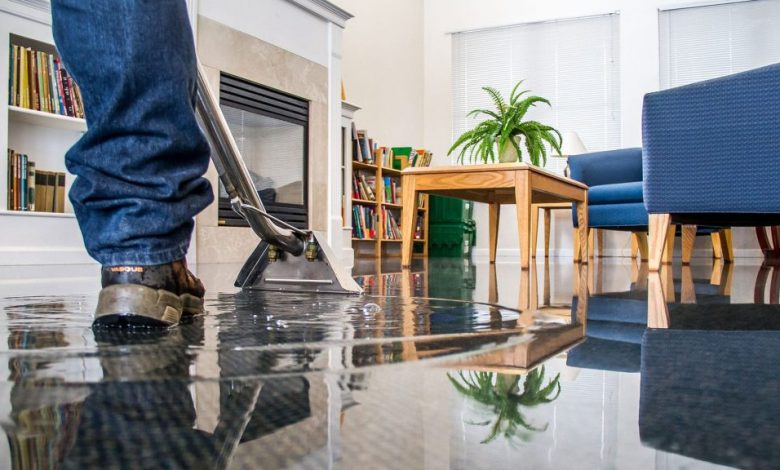Top Water Damage Restoration Methods

When water damage strikes your home, you race against the clock to save your home and belongings. Focus on these top five methods for removing the water and bringing your home back to normal.
Safety First
The water in water damage carries bacteria and viruses that are hazardous to your skin. Contamination is also airborne, and breathing those into your lungs is hazardous. Protect your skin by wearing a long-sleeve shirt, pants, and boots. Additionally, wear long, thick gloves, goggles, a face mask, and a hat to protect your hands, eyes, nose/mouth, and head.
Turn Off the Main Water and Electricity Source
It will be easier to tackle water damage if the water isn’t running continuously or the electricity isn’t on to cause electrical shock. Go to the primary water supply and turn it off. Do the same to the primary electrical power source. If you don’t know where either is, now is a great time to find both and turn both off.
Moreover, unplug all electronics, appliances, and AC adapters inserted into electrical outlets. The water could have damaged the items severely, causing shock and explosions if you turned them on. It’s best to be safe now than sorry later.
Get Affected Areas Dry
Open doors and windows to let standing water stuck in the house out of it. Areas such as basements where the water cannot get out need help, so find a large bucket, dishpan, or storage container and scoop the water out of the room through the nearest window or door. To absorb the remaining water on the floor or carpet, place thick towels on top of it. Because the towels soaked up the contamination, toss them in the wastebasket.
Another way to remove contaminated standing water is by mopping it up. Depending on how innovative the mop and bucket are, you may need to squeeze out the mop water. That is where gloves come in handy.
Moisture is still on the floor even after water absorption. A fan or portable HVAC powered on and not affected by water damage will dry flooring, walls, and the ceiling. A dry floor doesn’t stop the mold and mildew already present, but it will prevent more from coming. Furthermore, mold and mildew appear 24 hours after water touches the affected area, so you must dry the affected area ASAP.
Separate Wet and Damaged Items from Salvageable Items
It’s time to analyze each item to see if it is salvageable. A truly salvageable item is still in the same condition as when you left it; that includes no moisture. Since very few possessions will get this A+ rating, you must dissect each item.
Items with mold and mildew on it must end up in the wastebasket.
Items with a foul odor go into the wastebasket. Dirty water, mold, or mildew caused the smell; preserving the moldy or mildewy object may accidentally spread to clean areas and items.
Wet or moist items should leave the wet storage area and go to a dry location. Once it dries, inspect each item to see if it is salvageable. This method includes large appliances and furniture, so get help from family, a friend, or an expert in water damage restoration in Denver.
The same is true for flooring, insulation, and walls. Mold, mildew, or overly wet flooring, walls, and insulation need a replacement. Keeping those contaminated items intact will jeopardize the home structure.
Sanitize the Area
Contaminated standing water is hazardous, so sanitize the area to keep everyone safe. Sanitation removes mold growth, mildew, bacteria, and germs from manifesting. Have a dry towel, an empty spray bottle, clean water, and bleach ready before sanitizing.
After adding water and bleach to a spray bottle, spray objects, countertops, cabinets, flooring, walls, ceiling, and furniture. A dry towel is available to wipe away the solution. The cleaning technique must continue until every inch of the area is clean. To remove the bleach smell and other foul odors, open a window or a door for air circulation.
While there are other water damage restoration tips, these five should get you on the road to recovery. However, depending on the damage, it can be too much to handle alone. If you’ve done all you can, let a water damage restoration company take over and take care of the rest.

